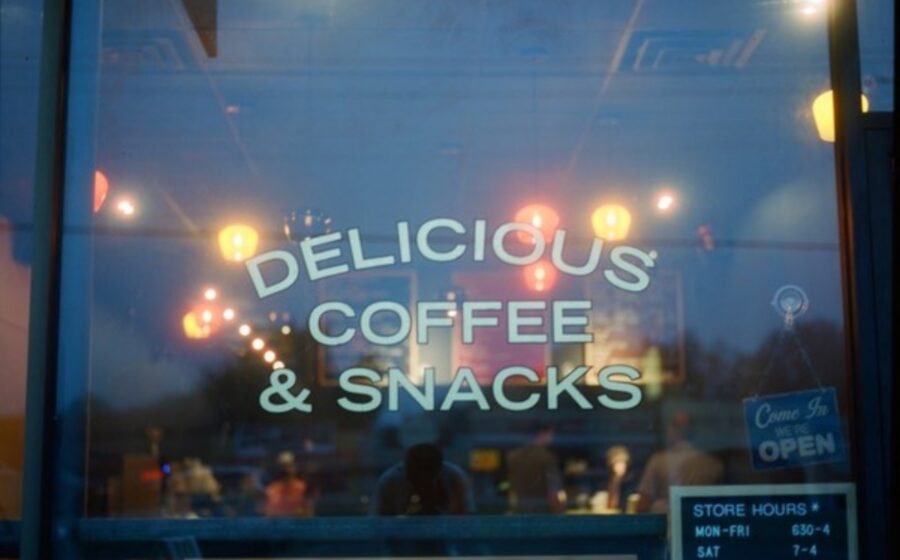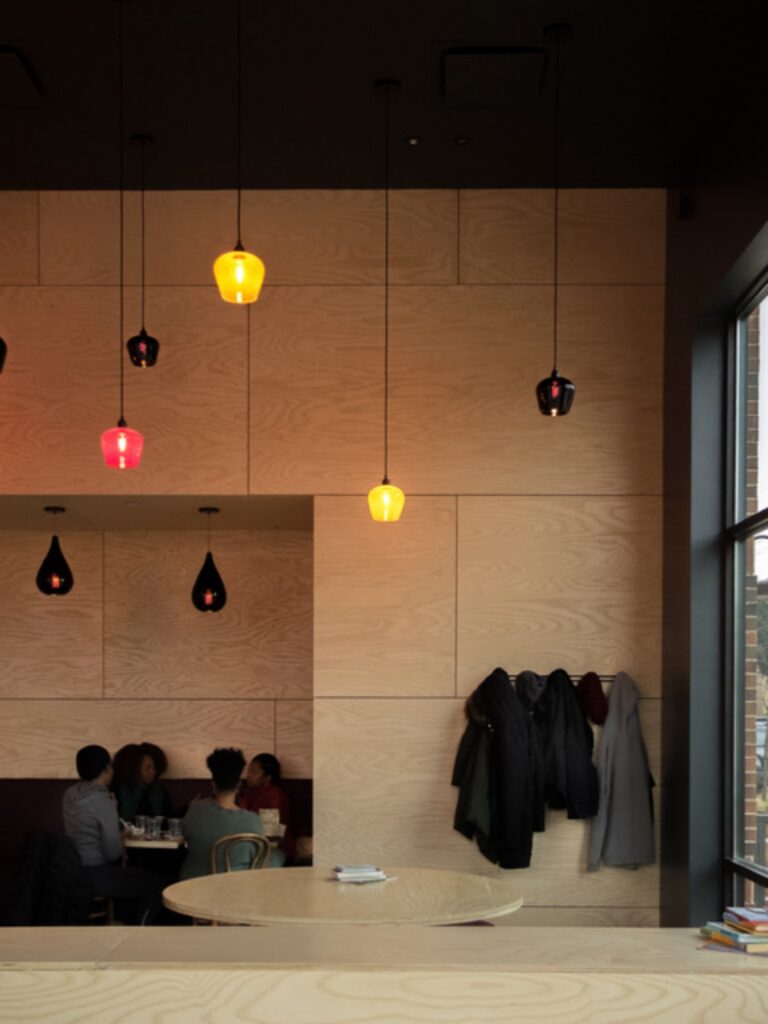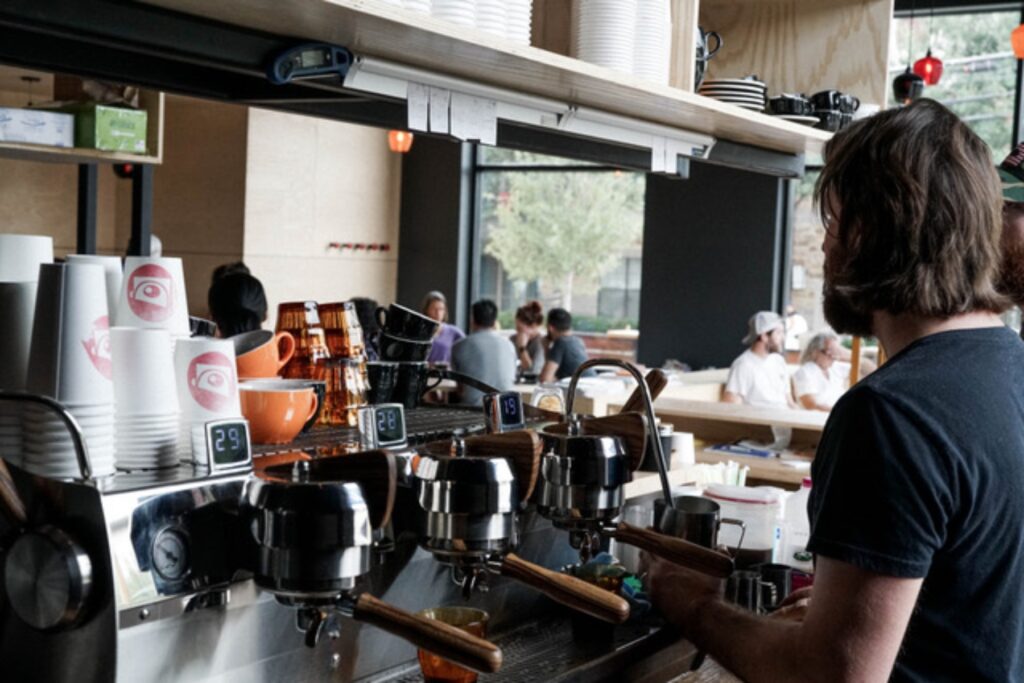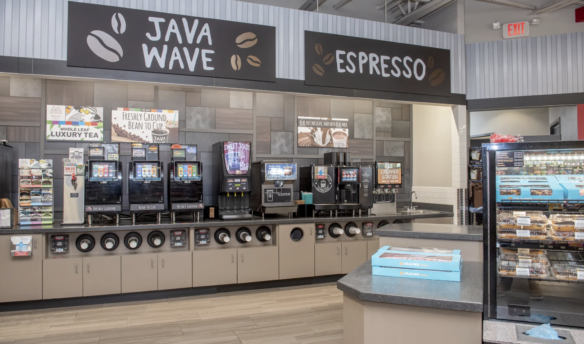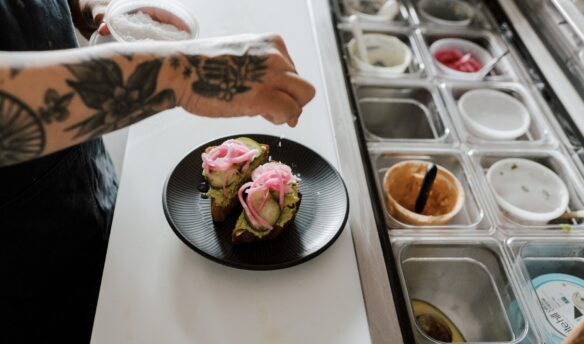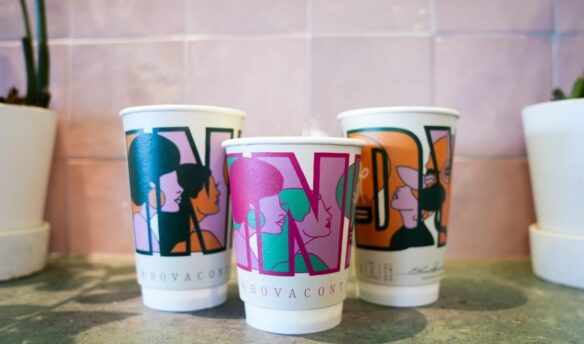Amid rising costs of everything from packaging to equipment and ingredients, café owners continue to face the pressure of soaring inflation. Between October 2021 to April 2022, Starbucks implemented three price increases on some of its drinks and food items, and Dunkin’ Donuts reportedly hiked its menu prices by 8% in January 2022.
As shifting costs impact the profitability of coffee shops, business owners across the nation are facing a choice: should they keep their prices stable or raise prices to protect margins and account for rising inflation costs?
But while the right price can boost profit margins, the wrong price can deter customers. How do coffee shops know when it’s the right time to raise prices?
Doing Things Differently
For Adam Lowes, co-owner of LDU Coffee in Dallas, Texas, it’s about looking at the long-term trajectory of increasing expenses before rushing to raise prices. “You don’t want to be too reactive,” he says.
While some items tend to fluctuate in price due to supply and demand, like packaging, Lowes pays more attention to rising costs that will stay put for a while before deciding to increase prices.
“If the cost of green coffee beans goes up, that will stay up for at least a year. We waited to see where coffee prices ended up before we did anything,” Lowes shares, adding that LDU only raised their prices early in 2022 after riding out nearly two years without menu changes.
The steady increase in green coffee bean prices throughout 2021 was the largest in over a decade. Caused by a global shortage of arabica beans and disruptions in coffee production, the cost of coffee beans jumped up 85% from the year before.
When LDU raised their prices earlier in the year, they didn’t increase the cost of every menu item. Some beverages, such as a cup of espresso or a house coffee, remained the same in price, but milk-based drinks went up by 5 to 10 percent to accommodate rising expenses.
But the decision to wait it out means café owners who don’t raise prices sooner have to be comfortable accepting smaller margins for longer.
At LDU Coffee, Lowes and his team focused on making up for shrinking profit margins by increasing sales volume. Lowes explains their business doubled in sales over the last two years after adding an online ordering system. “The biggest thing we did differently was adding an ordering ahead option, which was a great decision.”
Many independent coffee shops relied heavily on curbside pickup and online ordering to drive business over the last two years, but Lowes admits it means working harder to keep up with online orders. “Thankfully, to-go coffee is in our background,” he explains, adding that LDU built a reputation in Dallas as a grab-and-go coffeehouse before online ordering became a mainstay for customers.
Listening to Customers
Chris Hillyard, the owner of Farley’s Coffee in San Francisco, Calif., sees implementing price increases as a balance between covering new costs and not cutting into sales volume by pricing customers out of a purchase.
“If someone comes in one less day per week because we raised prices $0.50 on what was a $5.00 purchase, we’ve actually hurt our bottom line,” says Hillyard. Keeping repeat customers happy makes a huge impact on a café’s profitability. According to Drive Research, 32% of Americans purchase coffee from a coffee shop 1 to 3 days a week, with 10% of consumers buying coffee from a café 4 to 6 days a week.
However, Hillyard feels that customers expect costs to rise nowadays, and they’ll accept a price increase. “If we do anything over 10%, we share this change in our monthly newsletter. Otherwise, we make the adjustment and know they’ll understand.”
Hillyard shares that inflation made raising prices across the board essential for maintaining profitability at his cafe.
Farley’s also waited out the first two years of the pandemic before raising prices by roughly 10 percent for most of their menu items in early 2022. Some things, such as Farley’s tuna melt, went up by 15 percent due to the jump in the market price of tuna.
Fortunately, customers have been understanding, and Hillyard hasn’t heard any negative feedback yet. “We didn’t even send out an explanation this year. People know why—everything keeps going up.”
For Lowes, he sees working behind the counter as an opportunity for owners to stay plugged into what customers are willing to pay. “I’m always a part of the business and serving customers. If I was sitting in an office all day, I might be a little bit detached from that,” he explains.
Serving customers helps Lowes get customer feedback about LDU Coffee’s prices and what people say about other shops in the industry. “You get to take in all that information,” he shares. This level of customer service adds value to the brand and helps Lowes price with empathy. “I’m always a consumer first before I’m a business owner. I know what price feels like it would sting, and I don’t ever want to charge that. I want people to feel like their daily cup of coffee is an affordable luxury.”
While there may be a limit on what coffee drinkers are willing to pay, cafes with a food menu may find it easier to make up for lower profit margins on coffee with items like sandwiches, toast, and baked goods. While LDU raised prices on specialty beverages by 5 to 10 percent earlier this year, their food items went up by 12 to 15 percent.
Not A Question of When, But How Often?
While the costs of goods constantly fluctuate, business owners are taking a data-driven approach to stay profitable—and even grow—during challenging economic times.
Typically, Farley’s Coffee does a bi-annual review of its menu and pricing, but they’ve recently shifted this analysis to a quarterly basis.
“Prices have changed so much that every four months is hardly enough, but we have to balance pricing adjustments with customers’ tolerance for raising prices,” Hillyard shares.
Other café owners who usually revisit their menu annually are also looking at the numbers more frequently. “In most stable times, we review our menus once a year,” says Lowes. “Right now, it’s always on my mind.”
Photos courtesy of LDU Coffee.



